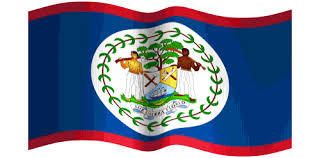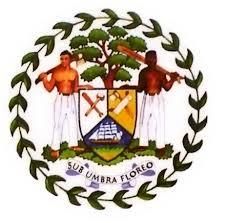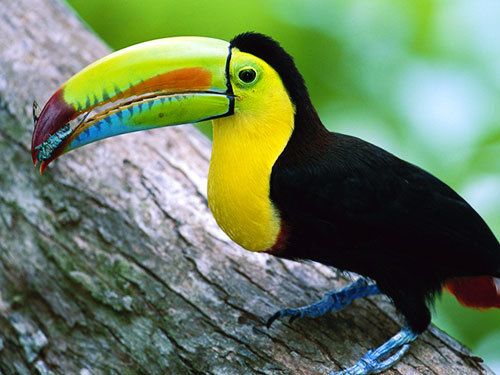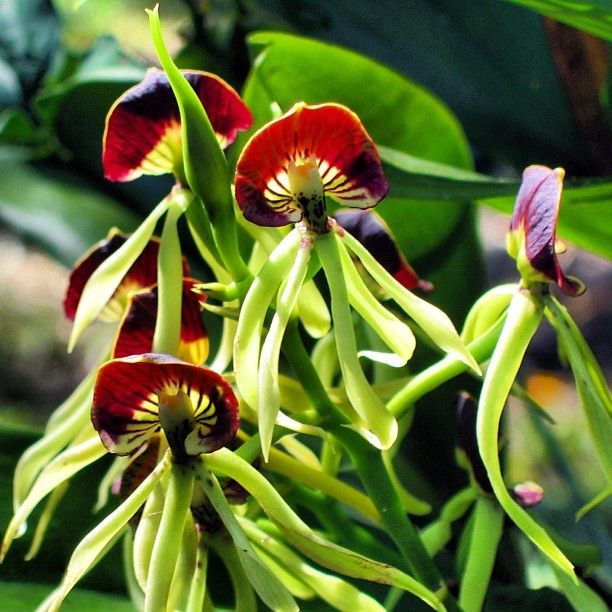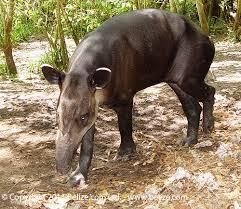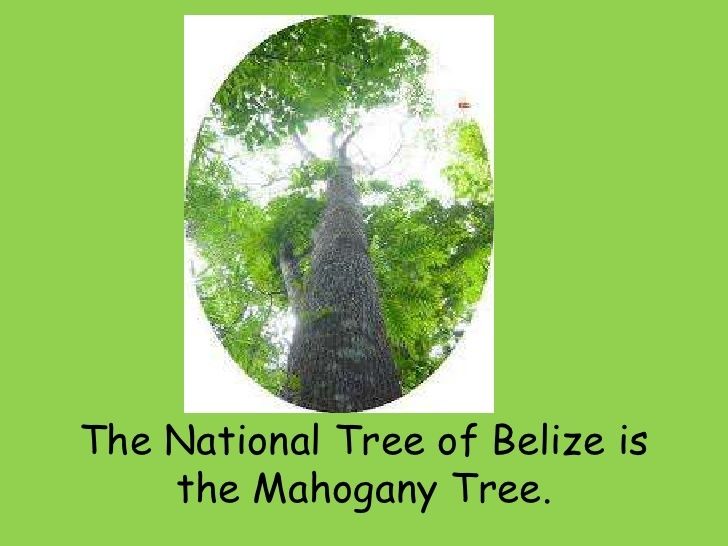"The Great Blue Whole"
The Great Blue Hole is a world-class destination for recreational scuba divers attracted by the opportunity to dive in crystal-clear waters and see myriad species of marine life including tropical fish and spectacular coral formations.The marine life in these areas includes nurse sharks, giant groupers, and several types of reef sharks such as the Caribbean reef shark and the Black tip shark. Dive excursions to the Great Blue Hole are full-day trips, that usually consist of one dive in the Blue Hole and two additional dives in nearby reefs.
We protect our marine life to preserve Belize
Enjoy an experience to swim with our Sharks...
Visit our colorful and wonderful corals...
Get to know the curious species under water
Be around our wonderful under water species
Go snorkeling with our sea creatures...
Feel alive and enhance your beauty by our clear blue water of the Blue Hole only in Belize


























